News Beat
News Beat reporting is an idrw.org initiative to let our Readers to report News Based on Actual facts but some how has not been reported in Main Stream Media .
SOURCE: RAUNAK KUNDE / NEWS BEAT / IDRW.ORG
Hindustan Aeronautics and Bharat Electronics co-developed and co-produced a long-range dual band infra-red search and track system for Su-30 MKI and will commence developmental trials from mid of 2024 onwards as work is progressing towards a limited scale of production for development testing.
The co-developed IRST system aims to replace the existing Russian-supplied OLS-30 IRST system on the Su-30MKI fleet, with the process expected to commence from 2026 onwards.
Continue readingSOURCE: RAUNAK KUNDE / NEWS BEAT / IDRW.ORG
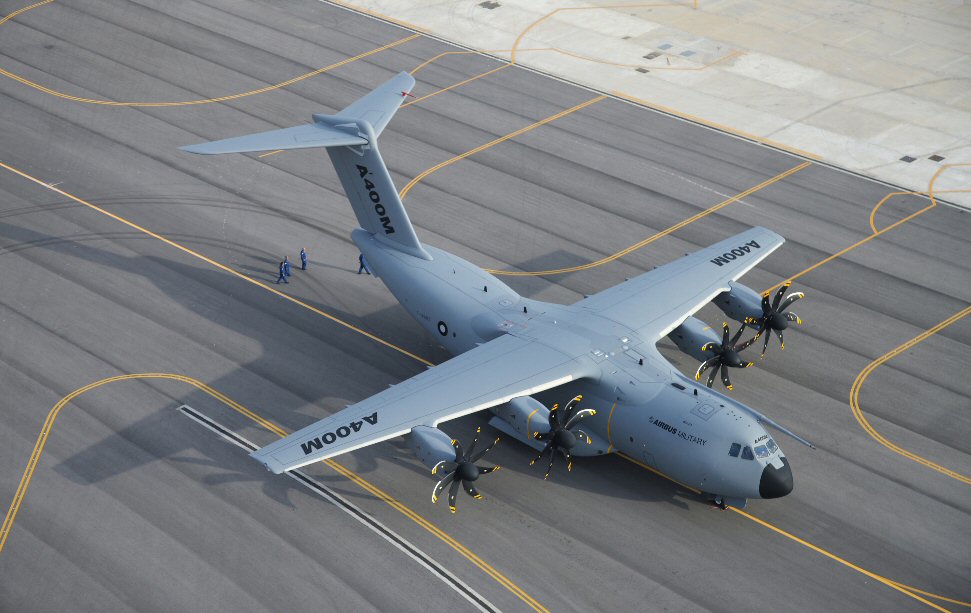
Venkat Katkuri, the head of Airbus’ defence and space vertical for India & South Asia, has confirmed that Airbus has actively responded to India’s Air Force (IAF) Request for Information (RFI) for the acquisition of 60-80 Medium Transport Aircraft (MTA) to serve as Medium Haul Transporters. The IAF is seeking modern and versatile aircraft to replace its Soviet-origin AN-32s and bolster its transport capabilities.
In the competitive bid, Airbus has offered its state-of-the-art A400M aircraft, designed to cater to the IAF’s medium transport requirements. Additionally, Lockheed Martin has also submitted its response, proposing the C-130J Super Hercules, while Embraer has offered its C-390 Millennium for consideration.
Continue readingSOURCE: RAUNAK KUNDE / NEWS BEAT / IDRW.ORG
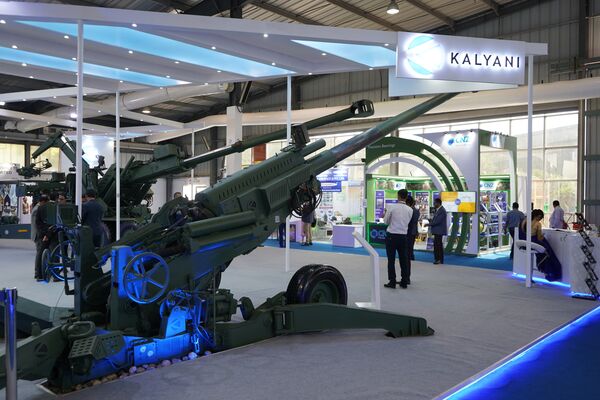
The Indian Army has recently made a strategic decision to rule out the procurement of additional British/American-supplied M777 155-mm, 39-calibre towed artillery guns for high-altitude regions. Instead, it has turned its focus towards upgrading the existing M777 howitzer to a 155mm/52 calibre ER (Extended Range) variant. This decision comes amidst rising tensions along the border with China, where the deployment of Chinese troops has prompted calls for additional artillery capabilities.
The M777 Howitzer has proven its worth in high-altitude regions, making it an important asset for the Indian Army. However, the upgrade to the 155mm/52 calibre ER variant is seen as a more cost-effective and locally sustainable solution. The upgrade will significantly increase the maximum firing range of the M777 howitzer, enhancing its firepower and range of engagement.
Continue readingSOURCE: RAUNAK KUNDE / NEWS BEAT / IDRW.ORG
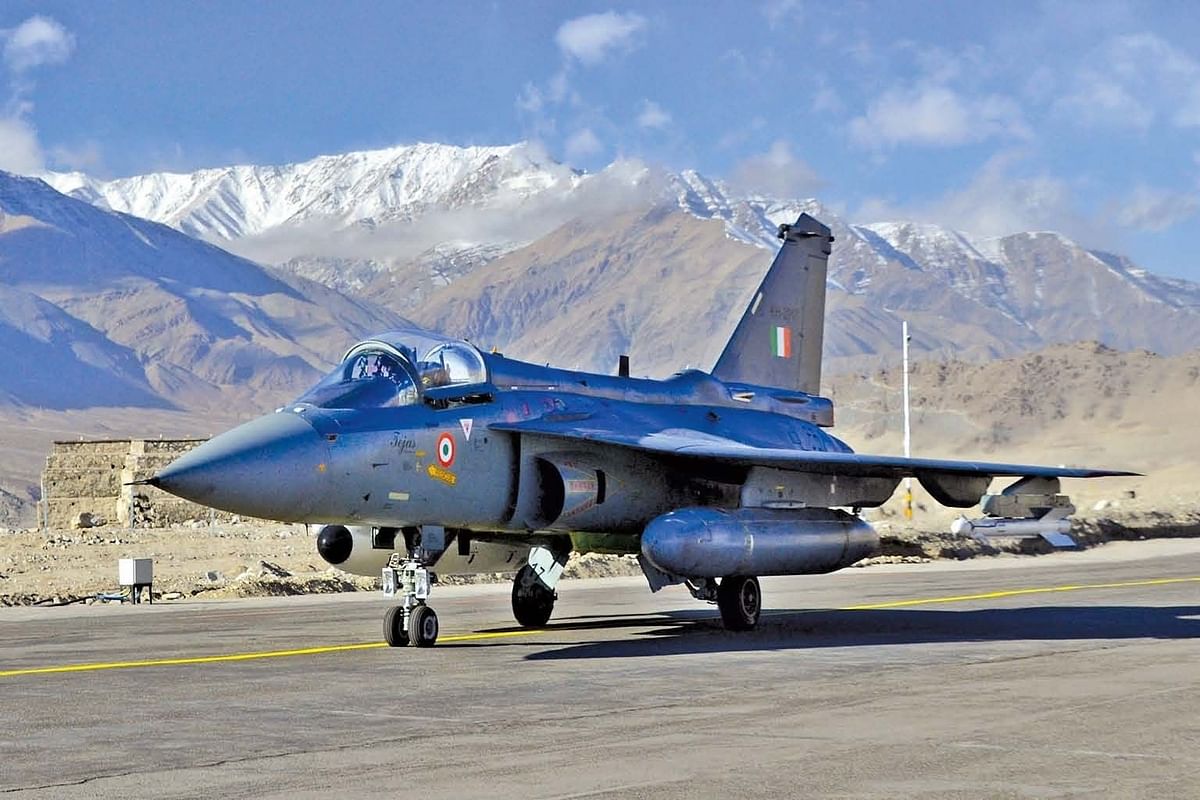
India’s Hindustan Aeronautics Ltd (HAL), a renowned state-owned aerospace company, has agreed to undertake the replacement of 16 major British components used on the LCA-Tejas Mk1A fighter jet, as per Argentina’s request. However, the key condition for the collaboration is that Argentina must bear the cost of certain major system changes required in the aircraft. While this collaboration represents a significant opportunity for Argentina to upgrade its fleet, some challenges lie ahead, particularly in replacing the British-origin Martin Baker ejection seats.
One of the most significant hurdles in the upgrade process is the replacement of the Martin Baker ejection seats, which are of British origin. Incorporating ejection seats from either the United States or Russia would necessitate modifications to the cockpit and recalibration of the ejection seat firing sequence. Additionally, recertification by the Centre for Military Airworthiness and Certification (Cemilac) will be required to ensure the aircraft’s safety and compliance with aviation standards.
Continue readingSOURCE: RAUNAK KUNDE / NEWS BEAT / IDRW.ORG

Naval Group, the renowned French naval defence and marine renewable energy company, has presented India with an enticing offer to enhance the capabilities of its Kalvari-class submarines. The proposal includes equipping these submarines with the state-of-the-art F21 Heavyweight Torpedo, which has already demonstrated its effectiveness aboard the Brazilian Navy’s Scorpene-class submarines.
With its impressive features and versatile applications, the F21 Torpedo has the potential to revolutionize India’s submarine warfare capabilities. Additionally, France has expressed keen interest in setting up a local assembly line for the torpedo, provided India procures them in substantial quantities.
Continue readingSOURCE: RAUNAK KUNDE / NEWS BEAT / IDRW.ORG
India’s ambitious Tejas MkII program is set to advance into the developmental testing phase starting in 2025. With committed orders for 120 units and potential procurement of over 80 more units in the future, the program gained momentum following the clearance of CCS (Cabinet Committee on Security) approval last year. The Tejas MkII, an advanced variant of the indigenous Tejas fighter jet, promises to elevate India’s aerospace capabilities to new heights.
Prabhulla Chandran VK, the director of avionics and weapons systems at the Aeronautical Development Agency (ADA), recently revealed that ADA is exploring the development of a Trainer variant of the Tejas MkII. Interestingly, the Indian Air Force (IAF) has not placed any such requirement for a trainer version. The move to consider a Trainer variant stems from the intention to make the Tejas MkII more appealing in the international export market.
Continue readingSOURCE: RAUNAK KUNDE / NEWS BEAT / IDRW.ORG
The AEW&CS MK-II program, aimed at developing six new Airborne Early Warning and Control (AEW&C) aircraft for the Indian Air Force (IAF), is set to embark on sensor trials on the DRDO’s A-319 “Anusandhan” Flight Test Bed (FTB) aircraft next year. The project is expected to gain further momentum in 2025, with the anticipation of the first aircraft taking to the skies by 2026. Leveraging the A-319s and A-321 variants sourced from the Air India fleet, the program marks a significant stride in enhancing India’s aerial surveillance capabilities.
The initial phase of the AEW&CS MK-II program will focus on conducting sensor trials on the DRDO’s A-319 “Anusandhan” FTB aircraft, serving as a testbed for advanced systems. Following successful trials, the DRDO will issue a Request for Proposal (RFP) to seek bids for the modification of the six-passenger aircraft acquired for the program. Airbus, the original equipment manufacturer (OEM), is currently the frontrunner to secure the contract, given its expertise in aircraft modification and integration.
Continue readingSOURCE: RAUNAK KUNDE / NEWS BEAT / IDRW.ORG
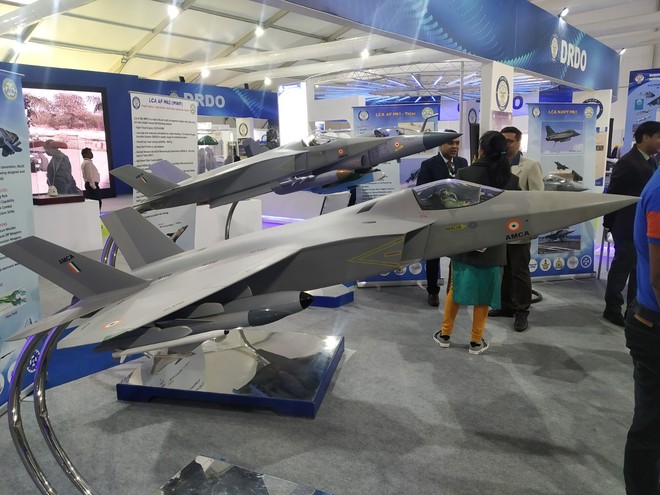
French multinational aerospace manufacturer Safran and India’s Gas Turbine Research Establishment (GTRE) will soon be working out formalities for the joint venture that aims to create an advanced engine that will power India’s highly anticipated 5th generation Advanced Medium Combat Aircraft (AMCA) fighter jet.
People familiar with the matter have revealed that India is poised to make a significant commitment, pledging to procure 400 engines with a thrust class of 110kN. These engines are expected to enter production in India in the mid-2030s, ensuring economies of scale are achieved, and the cost of each unit remains proportionate to approximately 30% of the AMCA aircraft’s overall value. This thoughtful approach not only empowers India to become self-reliant in engine production but also strengthens its position as a formidable player in the global aerospace industry.
Continue readingSOURCE: RAUNAK KUNDE / NEWS BEAT / IDRW.ORG
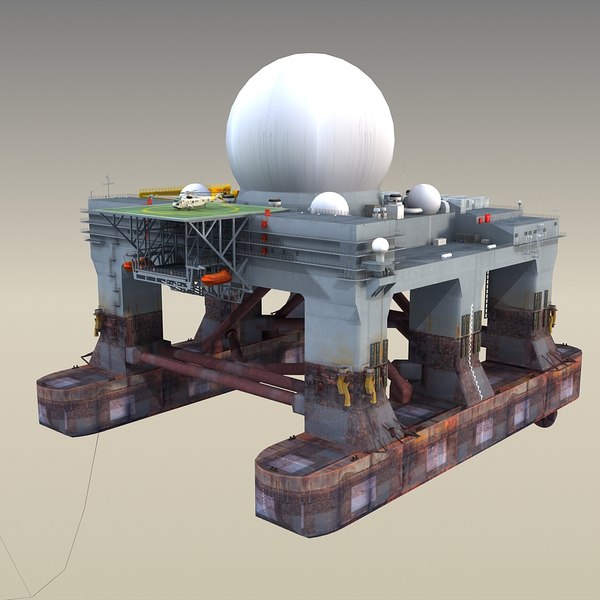
India is venturing into the development of a floating sea-based radar system as part of its Ballistic Missile Defense (BMD) program. The project aims to bolster the nation’s defence capabilities by establishing an advanced radar system that can detect and track ballistic missiles, differentiate between warheads and decoys, update ground-based interceptors in real time, and evaluate the effectiveness of missile intercept attempts.
This strategic move comes as India completes Phase-I of its BMD system, with land-based installations currently providing security to key regions, including the National Capital New Delhi and India’s Commercial Capital Mumbai.
Continue readingSOURCE: RAUNAK KUNDE / NEWS BEAT / IDRW.ORG
Last month, the Indian Ambassador to Argentina, Dinesh Bhatia, along with a delegation from the Hindustan Aeronautics Limited (HAL), met with Jorge Enrique Taiana and Brigadier General Xavier Isaac of the Argentine Air Force. During this meeting, India proudly demonstrated its prowess in manufacturing and showcased the Tejas fighter, garnering significant interest from the South American nation.
Argentina is keen to acquire 15-16 Tejas fighters directly from India, and it also aims to assemble an additional 30 jets locally in its own country. This proposition opens up significant avenues for collaboration, technology transfer, and joint production, further fostering a robust defence relationship between the two nations.
Continue readingSOURCE: RAUNAK KUNDE / NEWS BEAT / IDRW.ORG
In a recent media interaction, Atul Dinkar Rane, the CEO and MD of BrahMos Aerospace, made a significant statement, ruling out the possibility of equipping the BrahMos supersonic cruise missile with a nuclear warhead. The decision comes as India reaffirms its commitment to conventional warfare and clarifies its stance on the deployment of nuclear weapons.
The BrahMos missile, a joint venture between India and Russia, is renowned for its exceptional speed and precision, making it one of the most potent supersonic cruise missiles in the world. However, concerns were raised when the missile was accidentally fired from Sirsa, Haryana, in 2022 and crashed into Mian Channu, Khanewal District, Punjab, Pakistan. Pakistan swiftly claimed that the BrahMos missile could have triggered a nuclear incident, given its potential to be armed with nuclear warheads.
Continue readingSOURCE: RAUNAK KUNDE / NEWS BEAT / IDRW.ORG
In a promising development for India’s defence capabilities, the French Naval Group has joined hands with Indian private sector giant Larsen & Toubro (L&T) to work on the cutting-edge SOV-400 ‘midget submarine’ program. This collaborative effort aims to develop a versatile and highly efficient submarine optimized for Special Forces missions, catering to the needs of smaller navies. The SOV-400, with its advanced features and capabilities, has the potential to become a game-changer in the realm of naval warfare.
The SOV-400 is envisioned as a compact and agile submarine with a 400-ton displacement, designed to excel in Special Forces operations. With the ability to carry up to 10 Special Forces operators, this midget submarine offers unrivalled flexibility and adaptability for covert missions. Notably, the lower hull of the SOV-400 can accommodate two 4-person Swimmer Delivery Vehicles (SDVs), allowing for rapid insertion and extraction of Special Forces units.
Continue readingSOURCE: RAUNAK KUNDE / NEWS BEAT / IDRW.ORG
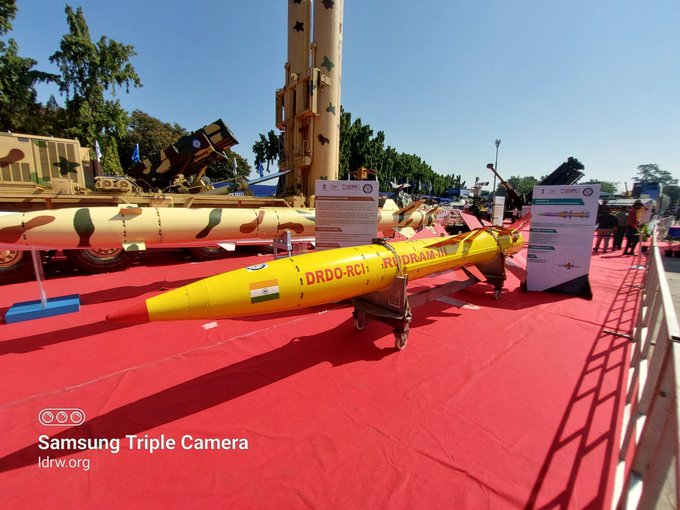
PICTURE OF RudraM-III
In a groundbreaking development, the Defence Research and Development Organisation (DRDO) has achieved yet another milestone, successfully conducting trials of the Rudram-II, an advanced Air-to-Surface Missile (ASM) with impressive capabilities. Dr Samir V Kamat, Chairman of DRDO, confirmed this remarkable achievement to local media, signaling a significant leap forward in India’s indigenous defence capabilities.
The Rudram-II has been designed to be launched from two of India’s most potent fighter aircraft, the Sukhoi-30 and Mirage-2000, marking a strategic enhancement to the firepower of the Indian Air Force (IAF). The missile boasts an impressive operational range of 300 kilometers, allowing it to reach distant targets with unmatched precision and effectiveness.
Continue readingSOURCE: RAUNAK KUNDE / NEWS BEAT / IDRW.ORG
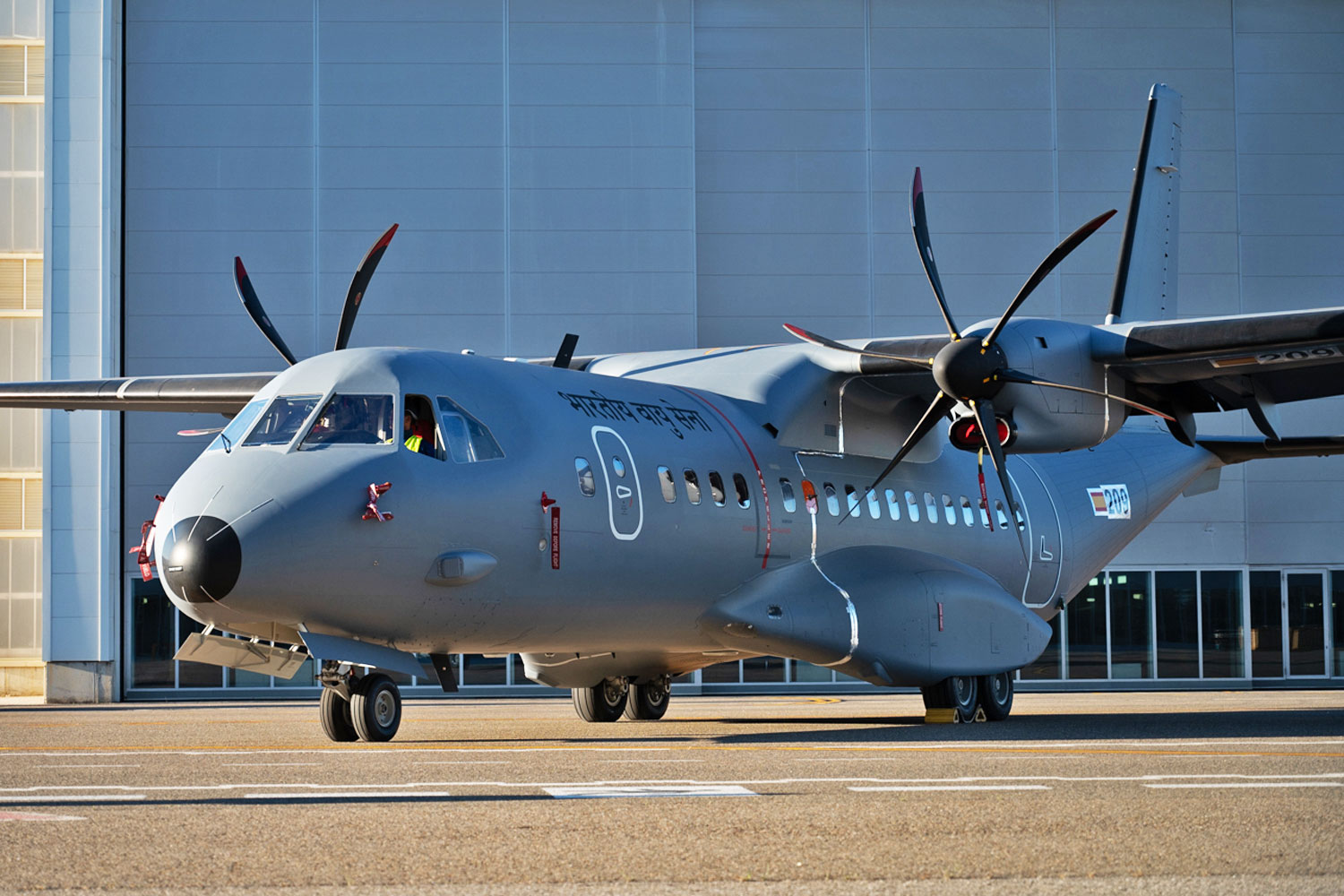
In a significant step towards bolstering India’s indigenous defence capabilities, the country is set to receive its first Made in India C295 aircraft in 2026. This momentous achievement follows the Rs 21,000-crore deal signed with Airbus Defence and Space, Spain, in September 2021, marking a major stride in India’s journey towards self-reliance in defence production.
The first 16 C295 aircraft, under the terms of the agreement, will be delivered in ‘fly-away’ condition from Airbus’s final assembly line in Seville, Spain. The delivery process is expected to be completed by September 2025, paving the way for the induction of these advanced aircraft into the Indian Air Force (IAF) fleet.
Continue readingSOURCE: RAUNAK KUNDE / NEWS BEAT / IDRW.ORG

Nuclear Thermal Rocket Engines @ NASA
In a groundbreaking collaboration, the Bhabha Atomic Research Centre (BARC) and the Indian Space Research Organisation (ISRO) are set to revolutionize space exploration by jointly developing a cutting-edge nuclear thermal rocket engine. This technology holds the key to faster and safer interplanetary missions, reducing transit times and mitigating risks for astronauts.
Interplanetary missions have always captivated the human imagination, but their realization has been hindered by the formidable challenges of vast distances and long transit times. Conventional chemical propulsion systems, while reliable, have limitations when it comes to the energy required to propel spacecraft across vast cosmic distances. Nuclear thermal rocket engines, on the other hand, offer an innovative solution that promises to propel humanity deeper into the cosmos.
Continue reading